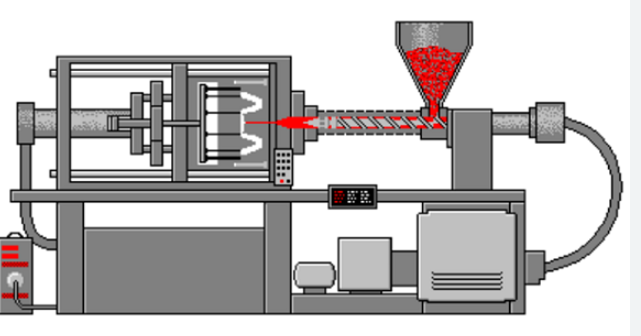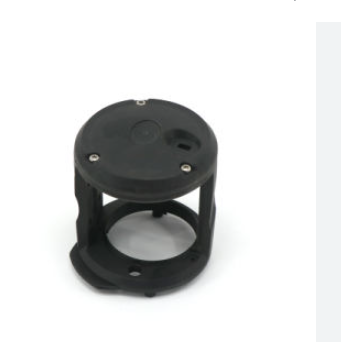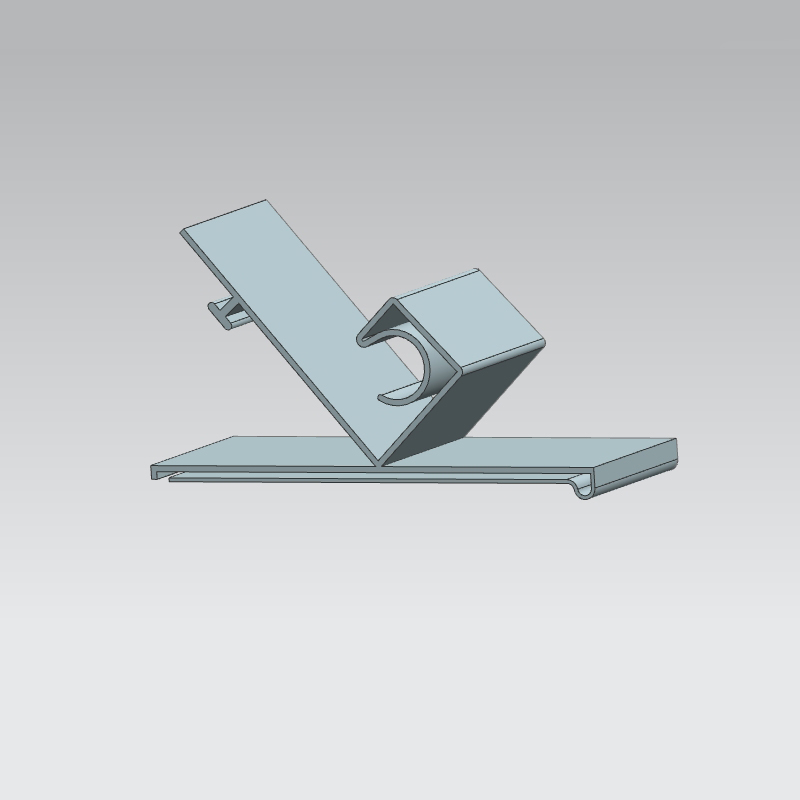The purpose of holding pressure in injection molding is to ensure complete cavity filling, reduce shrinkage, and enhance the final product’s quality and dimensional accuracy.
Holding Pressure: Definition and Significance
Defining Holding Pressure in the Molding Cycle Holding pressure, an integral part of the injection molding process, refers to the consistent force applied to the molten plastic inside the mold cavity. The precise application of holding pressure combats material shrinkage, a common issue in molding, ensuring that the final product retains its intended size and specifications.

Importance of Holding Pressure for Quality and Efficiency The significance of holding pressure extends beyond just shaping the product; it is pivotal for maintaining high-quality standards. Properly applied holding pressure results in products with increased strength and material density, directly impacting their durability and performance. In terms of efficiency, optimizing holding pressure can lead to reduced cycle times and energy consumption, contributing to lower production costs. Additionally, consistent application of holding pressure minimizes defects like sink marks or voids, reducing waste and improving overall material quality.
In the context of production speed, the right holding pressure settings can significantly accelerate the molding process without compromising on the product’s quality. This efficiency is critical in high-volume production scenarios where time is a valuable commodity.
Regarding cost implications, effective control of holding pressure plays a vital role in reducing material waste and energy expenditure. Additionally, optimizing the holding pressure settings can lead to a more energy-efficient process, which is not only cost-effective but also environmentally beneficial.
Mechanics of Holding Pressure
How Holding Pressure is Applied and Controlled
The application and control of holding pressure in injection molding involve a complex interplay of machinery and precise settings. This pressure is meticulously calibrated through the machine’s control system, often involving advanced software to monitor and adjust the force in real-time. The control system regulates the pressure based on the plastic’s behavior, mold design, and desired product characteristics.
Key variables in this process include the pressure magnitude, often ranging from 500 to 1500 bar, and the duration of pressure application, which can be a few seconds to over a minute depending on the product size and thickness. These parameters are crucial in ensuring the molten plastic completely fills the mold cavity and solidifies appropriately.
Parameters Influencing Holding Pressure
Several factors influence the required holding pressure in the injection molding process. Firstly, the type of plastic material used plays a significant role. Different materials, such as polyethylene or polystyrene, exhibit varied flow and cooling characteristics, necessitating adjustments in pressure settings.
The mold design, including its size, shape, and complexity, also dictates the necessary holding pressure. Larger or more intricate molds require higher pressure to ensure complete cavity filling and proper material flow. Additionally, the mold temperature, which typically ranges between 150°C to 350°C for thermoplastics, is a critical factor. Higher mold temperatures can reduce the viscosity of the plastic, allowing easier flow but requiring careful pressure management to avoid defects.
Product specifications such as dimensions, which might range from a few millimeters to several centimeters, and wall thickness also determine the holding pressure needed. Thinner-walled products often require higher precision in pressure application to avoid warping or incomplete filling.
Impact of Holding Pressure on Product Quality
Effects on Material Density and Strength
The right holding pressure significantly influences the material density and strength of the final product. Here’s how:
- Enhanced Material Density: Properly applied holding pressure ensures the molten plastic fills every part of the mold, leading to a uniform material distribution. This uniformity results in higher material density, which directly impacts the strength and durability of the product. For instance, increased density in materials like ABS or Polypropylene can enhance their impact resistance and load-bearing capacity.
- Improved Material Strength: The strength of the molded part is directly proportional to the effectiveness of the holding pressure. When the pressure is optimal, it reduces the likelihood of weak spots and structural inconsistencies.
Minimizing Defects and Variability
Consistent and accurate holding pressure plays a vital role in minimizing defects and variability in products:
- Reduced Surface Defects: Precise holding pressure helps in eliminating surface defects like sink marks, short shots, or voids. These defects not only affect the aesthetic appeal but also the functional integrity of the product.
- Uniform Product Quality: Maintaining consistent holding pressure ensures that each product in a batch meets the same quality standards. This consistency is key in industries where precision and reliability are paramount, such as in medical device manufacturing or aerospace components.
Key Factors to Consider:
- Mold and Material Compatibility: The compatibility of the mold design with the chosen material affects how pressure influences quality. Certain materials may require specific mold features to optimize the effects of holding pressure.
- Process Parameters Optimization: Parameters like temperature, injection speed, and pressure duration need fine-tuning for each product. For example, a product with a larger surface area might require a longer pressure duration to ensure quality.
Optimization of Holding Pressure
Strategies for Pressure Optimization
Optimizing holding pressure in injection molding is crucial for enhancing product quality and operational efficiency. Here are some key strategies:
- Precise Control of Pressure Levels: Implementing precise control mechanisms allows for the adjustment of pressure levels to suit different materials and mold designs. This involves setting optimal pressure ranges, which for most materials, fall between 500 and 1500 bar, depending on their viscosity and flow characteristics.
- Real-time Monitoring and Adjustment: Utilizing sensors and monitoring systems to track the pressure in real-time enables immediate adjustments. This is vital for maintaining consistent quality, especially in complex molds or with sensitive materials.
- Regular Maintenance and Calibration: Ensuring that the injection molding machinery is regularly maintained and calibrated prevents fluctuations in pressure that can lead to defects in the final product.
Advanced Techniques and Technologies
Incorporating advanced techniques and technologies can significantly improve the effectiveness of holding pressure:
- Automated Feedback Systems: Integration of automated feedback systems allows for dynamic adjustments of pressure based on real-time data. These systems can compensate for variations in material properties or environmental factors, maintaining consistent quality.
- Machine Learning Algorithms: Implementing machine learning algorithms can predict optimal pressure settings based on historical data and current conditions. This predictive approach can reduce trial and error in setting up new molds or materials.
- Hybrid Molding Machines: Utilizing hybrid molding machines that combine the advantages of hydraulic and electric systems can offer greater control over pressure application. These machines provide the high force required for the initial injection and the precision needed for maintaining holding pressure.
Impact on Production Metrics:
- Improved Production Speed: Optimizing holding pressure can lead to faster cycle times, as the material is correctly and efficiently cooled and solidified.
- Cost Reduction: Efficient use of holding pressure minimizes waste and energy usage, translating to lower operational costs.
- Enhanced Product Quality: Consistent application of optimized holding pressure results in higher quality products with fewer defects and greater strength.

Monitoring and Controlling Holding Pressure
Systems and Tools for Pressure Management
- Pressure Sensors and Transducers: These devices, installed within the mold or the injection molding machine, provide real-time data on pressure levels. They can detect pressure ranges from as low as 100 bar to as high as 3000 bar, ensuring accuracy across various materials and mold sizes.
- Programmable Logic Controllers (PLCs): PLCs are used to automate the control of the molding process, including the adjustment of holding pressure. They enable precise control and can be programmed for different molding scenarios, significantly reducing human error.
- Hydraulic and Electric Systems: Modern injection molding machines are equipped with advanced hydraulic or electric systems that offer finer control over pressure application. Electric systems, for instance, are known for their precision in controlling pressure, especially beneficial for intricate molds.
Ensuring Consistency in Production
Consistency in production is critical for maintaining quality and efficiency:
- Data-Driven Adjustments: Utilizing data from sensors and PLCs to make informed adjustments ensures consistent application of holding pressure. This is vital for reducing variability between production batches.
- Quality Assurance Protocols: Implementing strict quality assurance protocols, which include regular checks and calibrations of pressure monitoring systems, helps in maintaining consistency. This is essential in industries where product standards are stringent, like medical devices or aerospace components.
- Feedback Loop Systems: Incorporating feedback loops in the control system allows for continuous improvement. These systems analyze production data, identify trends or inconsistencies, and suggest modifications to maintain optimal pressure levels.




